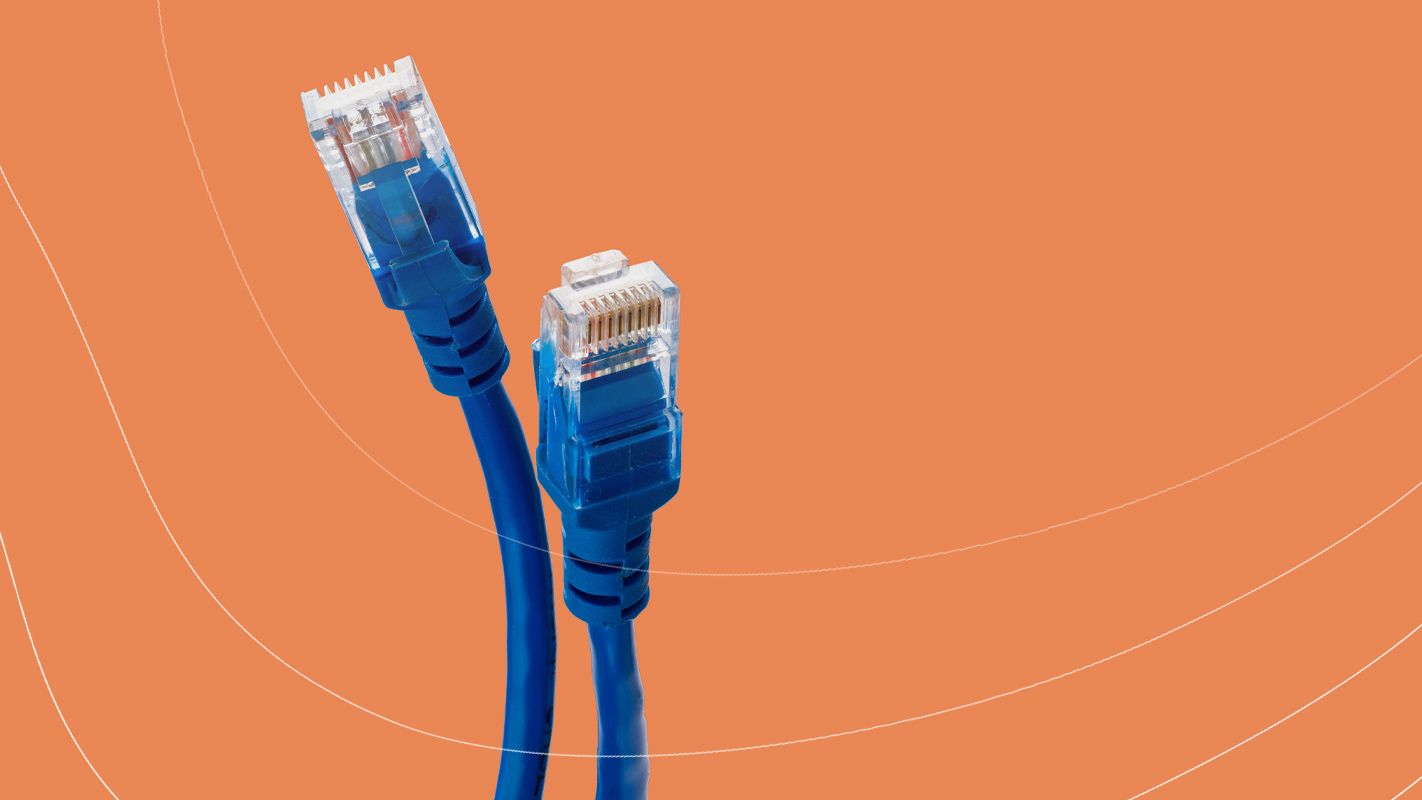Building a modern business that can thrive in a highly competitive environment requires a strategic approach to unified communication services such as SIP trunking, that allows organizations to bundle multiple communication channels, providing cost-effective and flexible voice and SMS solutions.
Let’s start by answering the question “What is SIP trunking?”. This technology can be defined as a method of delivering voice together with other unified communication services over the Internet. In more detail, Session Initiation Protocol (SIP) trunking is a prevalent VoIP technology that enables organizations to make and receive phone calls as well as transmit and receive SMS messages and faxes using a Private Branch Exchange (PBX) and Internet connection, rather than relying on traditional Public Switched Telephone Network (PSTN) lines.
By utilizing the power of VoIP, SIP trunking provides businesses with highly cost-effective and flexible solutions, allowing these companies to streamline their operations and improve their local and international communications.
How does SIP trunking work?
When a call is made using SIP trunking, the PBX converts the voice or fax into digital data packets that are sent over the Internet to a SIP trunking service provider. The provider then translates the packets into a format that can be transmitted over the public telephone network and routes the call to its destination. On the other hand, when a call is received, the process is reversed with the provider translating the call into digital packets and sending them to the PBX.
In addition to enabling organizations to make and receive calls and faxes, SIP trunking can also be used to send and receive SMS messages. This service allows organizations to manage all of their communication needs using a single, unified system, rather than relying on multiple systems for different types of communications. The process of sending SMS texts consists of the following steps:
- The text messages are converted into data packets;
- The packets are transmitted over the Internet to the service provider;
- The provider delivers the messages to the intended recipient.
By utilizing SIP trunking for SMS messaging, organizations enjoy a reliable and efficient unified solution that saves costs, simplifies communications and improves the customer experience.
What are the main features of a SIP trunk?
When considering the use of SIP trunking in your business, it is important to understand the key features and capabilities that this technology offers. Here are some of the main SIP trunk features to help you make an informed decision about whether this is the appropriate solution for your communication needs:
- SIP trunking enables the delivery of voice, video, SMS and other unified communications services over a single IP connection.
- SIP-based Internet telephony allows for the consolidation of multiple communication channels, such as voice and data, onto a single network.
- SIP trunking supports both inbound and outbound calling, ensuring seamless two-way communications.
- This service provides scalability, allowing organizations to easily add or remove capacity as required, without the need for additional physical lines or hardware.
- A SIP trunking service is more cost-effective compared to traditional telephony solutions, as it eliminates the need for physical phone lines and reduces long-distance call charges.
- SIP trunks provide flexibility and mobility, allowing users to access their communication services from any location that has Internet connectivity.
What do you need to move your business communications to VoIP?
Before making the switch to SIP trunking, it is important to consider several key elements in order to ensure a successful migration:
- Virtual phone numbers: These telephone numbers, also called DID (Direct Inward Dialing) numbers, are not tied to a physical location, and can be used to make and receive calls over the Internet from any device, such as VoIP desk phones, cell phones or softphones.
- PBX System: Such a system allows you to manage your phone calls and associated services such as voicemail and call forwarding, and can be implemented through either physical hardware or software that runs on a computer.
- Internet Connection: You will need a reliable and high-speed Internet connection that can support VoIP traffic and is able to handle the expected number of concurrent calls.
- IP Phones: These phones connect to your network and can be physical phones or softphones (software-based phones that run on a computer).
- Firewall and Router: These devices protect your network from security threats and control the flow of data.
- Voice termination routes: Are essentially the pathways that allow voice calls to be routed from one network to another. These routes are managed by telecom providers and are constantly being updated and optimized to ensure the best possible call quality and reliability.
Keep in mind that the equipment and configuration required for VoIP services may vary depending on your specific needs and the telecom service provider that you select.
Overall, SIP trunking is a crucial tool for organizations that seek to modernize their communications infrastructure and leverage the benefits of the digital transformation. By adopting this VoIP technology, businesses can improve customer service, reduce operational costs, and enable their employees to work in a more collaborative and effective way. Therefore, if you wish to enhance your local and international communications, consider implementing SIP trunking as a strategic investment for your business.
DIDWW delivers a powerful Inbound and Outbound SIP trunking solution with rock-solid reliability, premium voice quality and flexible trunk configurations. For more information on our SIP trunking services, please contact us today at sales@didww.com or via our live chat at any time.
